Luck is a Funny Thing
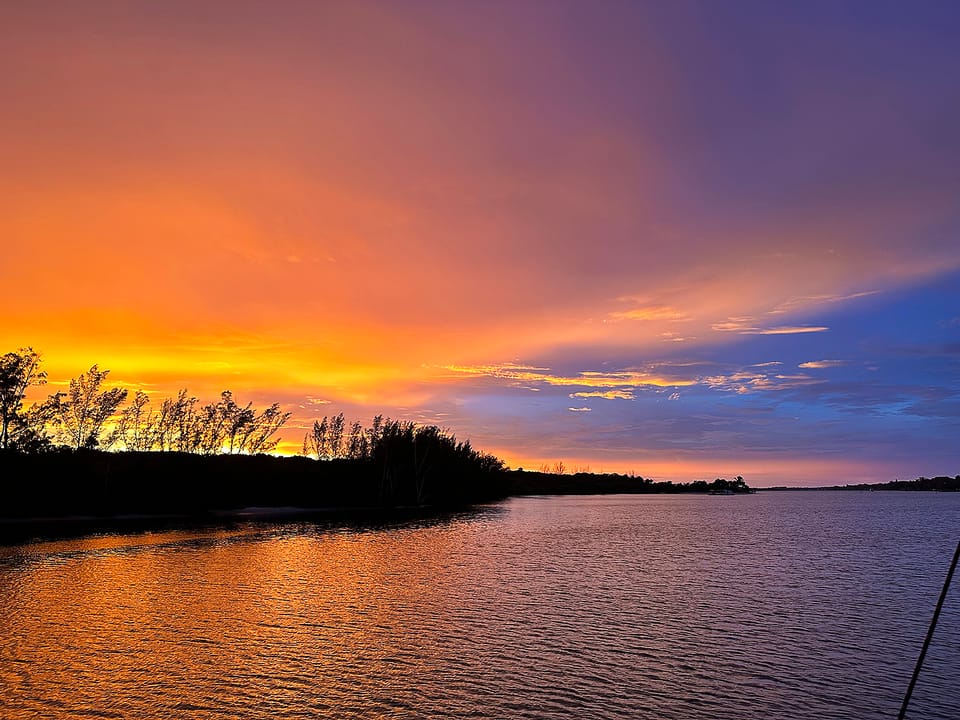
It's been two weeks since the lightning strike and we're slowly making progress. At the recommendation of our amazing surveyor, we ended up hiring a surveyor who specializes in lightning strike damage. He also was her teacher.
During the first phone call with him, we described the damage we could see. He set expectations up front that this could be a total loss. Then, he got us on his schedule to come have a look.
We met him at the yard the moment they opened, and he wasted no time. Starting with the hull, he checked for any soft spots or signs of an exit point. Luckily, he didn’t find any.
But from the ground, he was already able to point out signs of heat damage on the chainplate and saildrives. All along, we suspected the port engine was the exit point and he confirmed this suspicion.
He said our saildrive probably boiled the water around it after the lightning strike…
While we have a lightning protection plate on the boat, grounding the top of the mast to the water. He scoffed when he saw it, claiming it’s nowhere near adequate for this boat or a direct hit. When the lightning hit the VHF antenna it likely grounded to the plate but there was simply too much power, causing the lightning to spider out to other parts of the boat.
When he saw the damage to the battery charger, he confirmed we had a fire in the port engine room.
Throughout the day, we started to get to know one another. We talked about what kind of sailing we plan to do so he can help us get the boat back into adequate shape. He also clearly saw the signs that this is our home, like pictures of our families, dog bowls, fishing gear and provisions organized for our Bahamas adventure.
Despite his salty demeanor, this guy clearly knows his stuff and has a lot of experience with lightning damage. He also has years of sailing experience. I think he could sense that the sting of this setback is still fresh and tried to remain very optimistic.
The theme of the inspection was that this was, “this is really bad, but we should be able to repair it”.
He documented his findings in a survey report and we talked about next steps:
- Complete a mast and rigging inspection. Secure estimates to pull all new wire, replace VHF, weather systems and any other items the inspection reveals.
- Prepare estimate for complete DC system repair, including battery chargers, wiring and other items found.
- Prepare estimate for engines and items necessary to reestablish systems to the helm, and verify all harnesses.
- Inspect and prepare estimate to repair damages to saildrives.
- Verify all electronics and sending units before splashing, believing VHF, autopilot and AIS will need to be replaced, pending the DC supply system verification.
- Test and verify shore power and inversion systems.
- Water test all pumps, water maker, DC and AC appliances at the dock.
- Finally, sea trial to determine all electronics operate at full capacity.
Daunting, I know. The goal is to get back into the water as quickly as possible, but we have no idea how long that will be.
Luck is a funny thing. It’s super unlucky to be struck by lightning. It’s overwhelming and disappointing that we’re here. But the surveyor confirmed how close we really were to this being so much worse. The fire was contained. The boat continued to float. Nobody got hurt. Despite it all, we are pretty darn lucky!
Maybe he could see how overwhelmed we were by this whole experience. Or, maybe he just took pity on us because we were so close but never made it. As we walked to our cars, the surveyor’s wise, parting words were, “you’re exactly where you need to be today”.
And, that's precisely what we needed to hear.
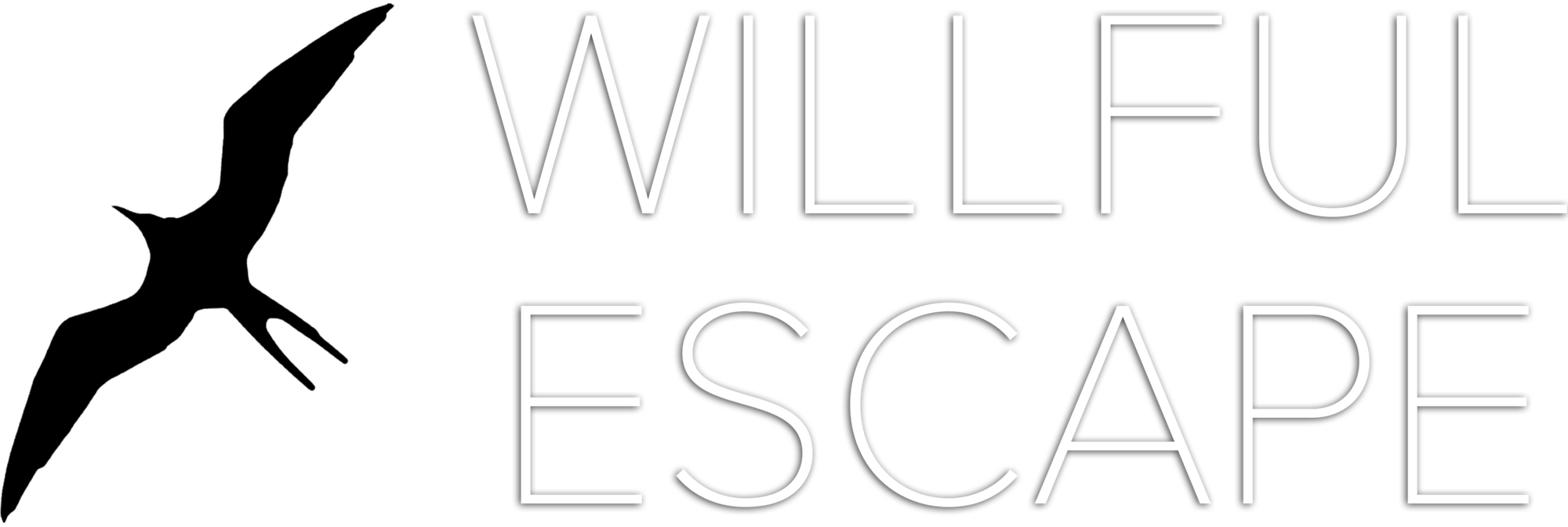
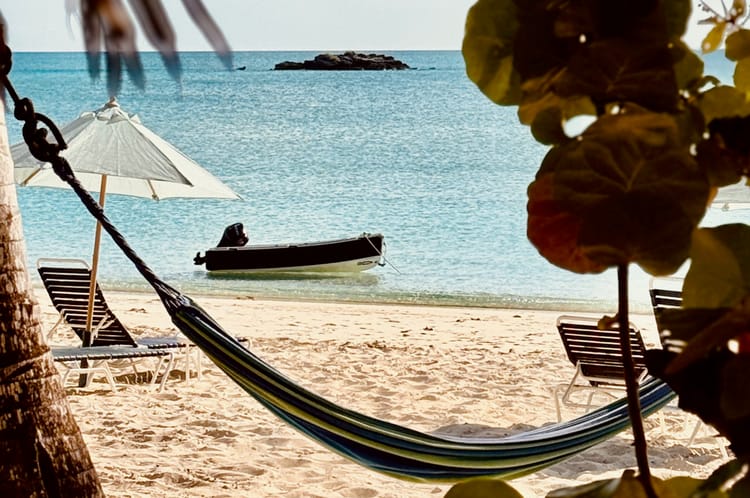
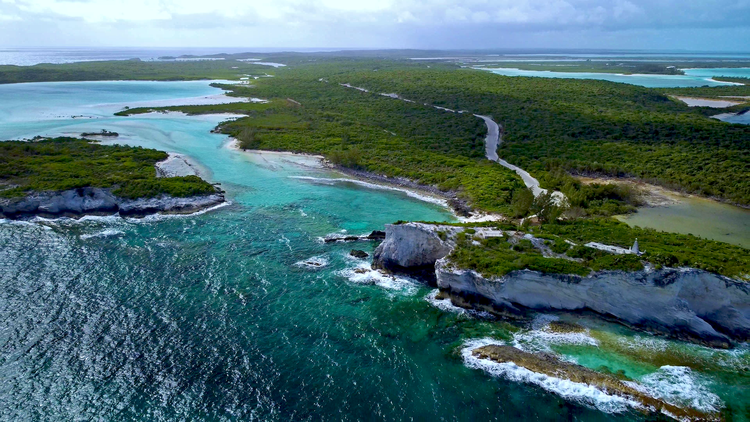

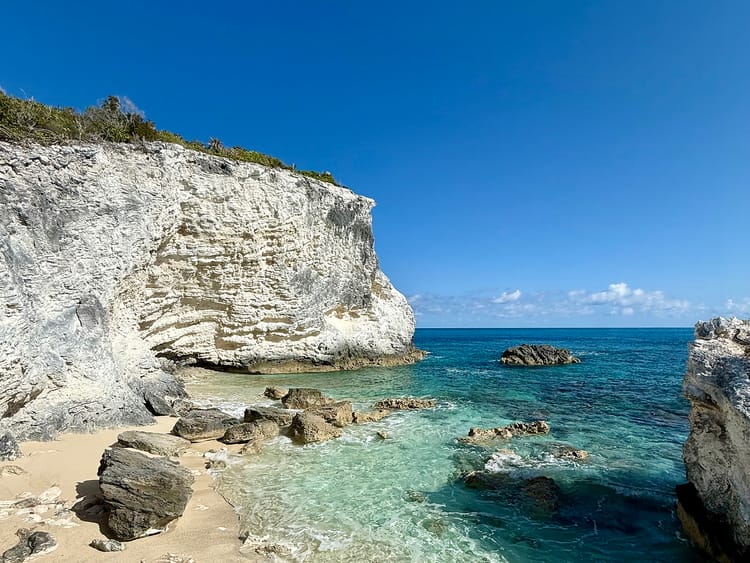
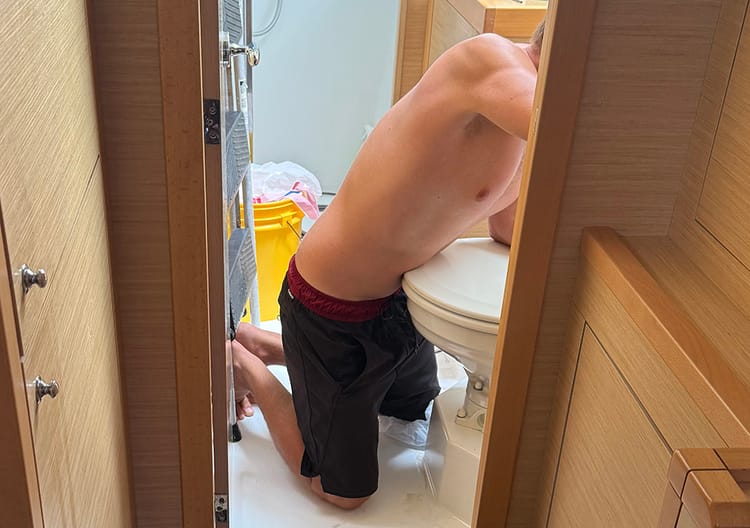
Member discussion